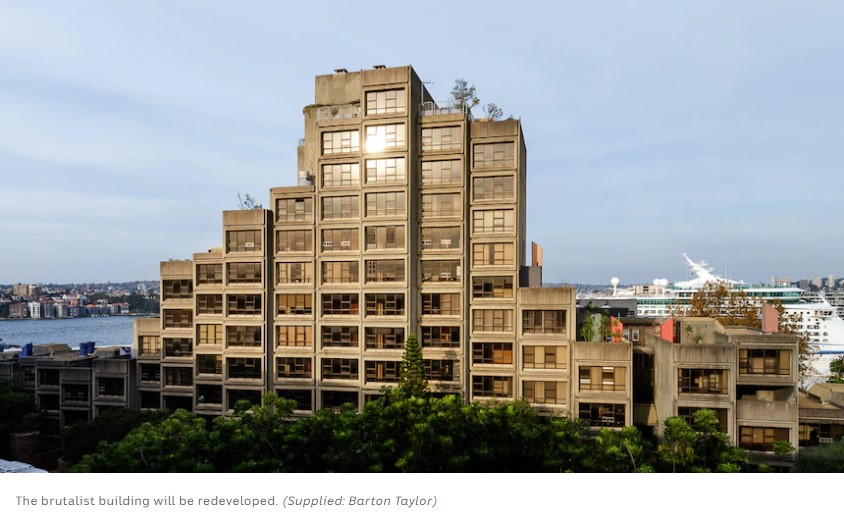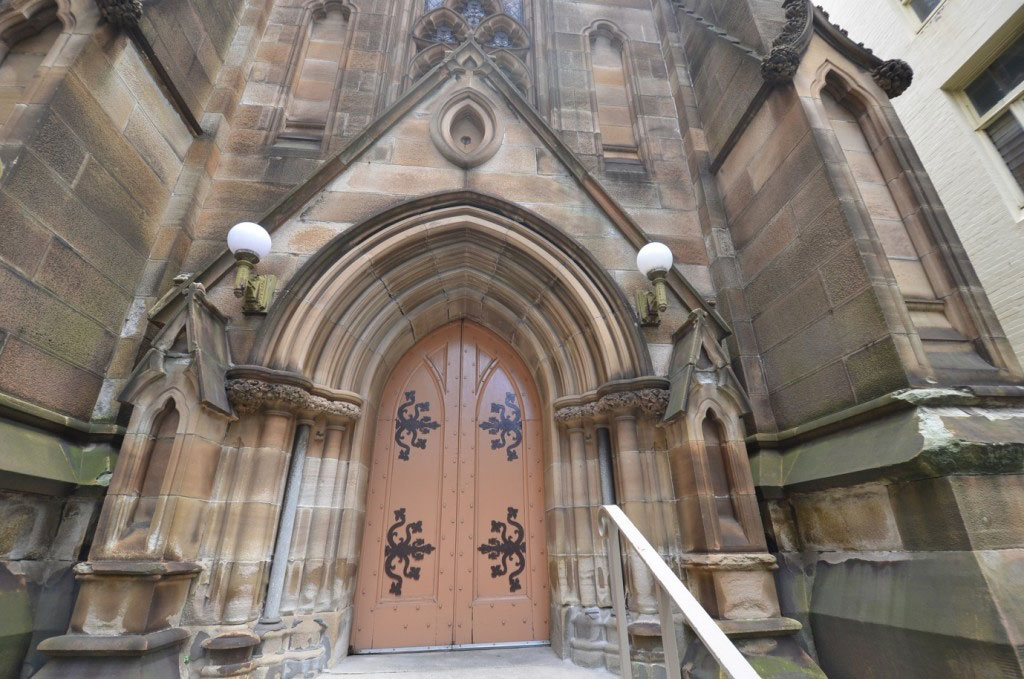Professional Associations
It’s about time that a review is conducted to assess our heritage lists in NSW. We have recently seen heritage under attack, between the State Government’s schemes to build more housing, the weaponising of heritage by NIMBYs and negative perceptions from YIMBYs. Such conflict calls for a need to reassess which buildings should remain as heritage-listed and contributory.
I would argue that there hasn’t been this kind of review held since the emergence of the National Trust listings in the 1960s. Now, a follow-up is long overdue.
I recommend that the NSW Government should appoint a committee to review the entire pile of NSW listings and Heritage Conservation Areas (HCAs). Such a committee would be a group of say 15, 20 even 30 individuals. They would need to have experience as heritage architects, consultants, planners and other experts in the field. They would identify the best examples of cultural built heritage, with the most unique and truly representative exponents. The committee would also clear away any double ups of listings, such as late Victorian terraces or suburban train stations, of which there is an over-supply.

Such an endeavour would need to adopt two main tranches:
- It would need to address criticisms levelled against the heritage movement by YIMBYs. This trend goes all the way back to the 2006 NSW Productivity Commission Report, which initially attempted to diminish the efficacy of heritage as a public good in society. As you would expect, there was enormous backlash, especially from heritage consultants.
- The review would need to properly organise every item thus far listed, to end up with a cogent list that not only identifies the significance of heritage-listed buildings and HCAs, but also what can be done in the future. The committee would consider how new development on all listed sites and HCAs might occur i.e., provide guidelines and models for future development.

In this fashion, buyers, owners, real estate agents, land purveyors and other individuals can have a better understanding of what can and cannot be done regarding future development on the subject land.
This is not a process that will happen overnight. It could take up to two to three years. The State Government would need to invest seriously in this sort of study/review. The committee would also need to find a way of remaining as objective as possible.
Current measures of heritage significance
As it stands, we measure the significance of heritage buildings and HCAs based on five criteria with two filters. These criteria are ‘historical’, ‘associative’, ‘aesthetic’, ‘technical’ and ‘social’. The two filters are ‘rarity’ and ‘representativeness’. The committee would identify these entities to our State Government for listing and de-listing (not everything needs to be kept) and owners would be duly informed. Therefore, the committee would need to adopt an open mind. If necessary, new metrics would have to be applied to capture such.
In America, they have a self-funding system called the ‘Rehabilitation Tax Credit for Heritage Buildings’. Once a building achieves landmark status, it entitles the owner to claim back approximately 40% income tax relief, and in certain instances, another 20% from the State Government.
Once conservation works have been commenced and the tax department has endorsed a plan of action for said conservation works, the applicant seeking tax relief, tax remission or tax exemption can make a claim.
Unfortunately, we do not have such a scheme in Australia. Income tax is a federal tax, not state, as it is in the USA. But it would be good if we did. It would enliven and incentivise conservation of all our listing buildings.
I look forward to the upcoming heritage listing review.
Paul Rappoport
Conservation Architect and Heritage Planner
30 October 2024
Image references:
Paul Rappoport, “Heritage 21 Workbook,” January 2023. PowerPoint Presentation.
Paul Rappoport, “Heritage building in Darley Street, Darlinghurst”. 2014. Photograph.
Related Articles

Why doesn’t NSW adopt good design principles for heritage buildings?
There ought to be a qualification for all designs in relation to heritage buildings. Our heritage-listed items and buildings in…
Read more
Heritage – are we losing the battle?
Enshrined in Goal 11 of the 2015 Sustainable Development Goals, the following aims are set out; Goal 11: Make cities…
Read more
New Ways of Assessing Heritage Impact
The system we use today in NSW and Australia generally to assess heritage impact is limited and perhaps slightly old…
Read more
Conservation Areas – Ambience, Form and Scale
Insofar as local councils in NSW are concerned, the general objectives in a residential conservation area typically, are to conserve…
Read more

Need help getting started?
Check out our guides.

Complete the form below to contact us today.









